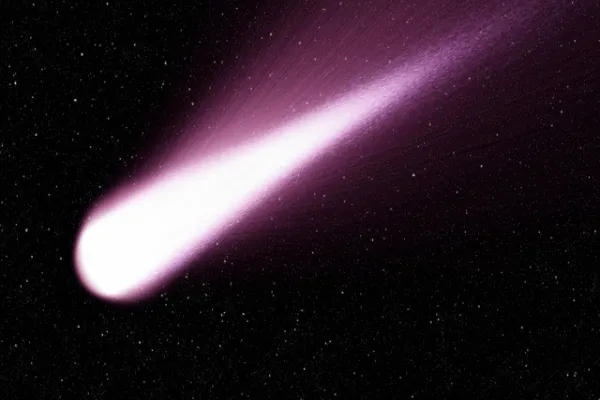Facts About Comets

Comets: Celestial Wanderers with Enigmatic Tales
Comets, those ethereal wanderers of the night sky, have captured the imagination of humanity for centuries. These cosmic travelers, composed of ice, dust, and organic compounds, embark on majestic journeys through the cosmos, leaving behind streaks of light and tales of wonder. In this exploration, we delve into fascinating facts about comets, celestial phenomena that continue to intrigue and mystify astronomers and sky gazers alike.
Ancient Messengers
Comets have been observed by humans for millennia, often regarded as omens or portents in various cultures. Their sudden appearances and luminous tails, visible to the naked eye, sparked both awe and fear. In ancient China, comets were considered celestial brooms sweeping away the cosmic dust, while in medieval Europe, they were sometimes interpreted as harbingers of significant events, both auspicious and ominous.
Composition and Anatomy of Comets
They are composed of a nucleus, a solid core made of ice and dust, and an ethereal coma—a glowing, diffuse envelope of gas and dust surrounding the nucleus. As a comet approaches the Sun, solar radiation causes the nucleus to release volatile gases, creating the coma and often forming a distinctive tail that points away from the Sun. The tails, composed of ionized gas and dust, can stretch for millions of kilometers and shimmer in hues of blue, white, and gold.
Long and Short Orbits of Comets
Comets come in two main categories based on their orbital periods: long-period and short-period comets. Long-period comets, such as Hale-Bopp, have orbits that take them thousands to millions of years to complete, originating from the Oort Cloud—a region of icy bodies far beyond Pluto. Short-period comets, like Halley’s Comet, have orbits of fewer than 200 years and originate from the Kuiper Belt, a region of icy bodies beyond Neptune.
Halley’s Comet
One of the most famous comets, Halley’s Comet, is named after Sir Edmond Halley, who predicted its return. This short-period comet visits Earth approximately every 76 years, last gracing our skies in 1986. Its appearances throughout history have been documented, with notable sightings during the Battle of Hastings in 1066 and the Great Comet of 1910.

Stardust Missions
NASA’s Stardust mission, launched in 1999, provided groundbreaking insights into comets. In 2004, the spacecraft collected samples from the coma of comet Wild 2 and returned them to Earth in 2006. The mission’s findings shed light on the composition of cometary material and provided valuable data for understanding the early solar system’s formation.
Conclusion
Comets, with their luminous tails and ancient tales, continue to be captivating celestial wonders. As our understanding of these cosmic nomads deepens, so does our appreciation for the enigmatic beauty they bring to the night sky. Whether inspiring awe in ancient civilizations or contributing to cutting-edge space exploration, comets remain celestial wanderers that bridge the vastness of space with the eternal curiosity of humanity.
If you are interested, you can read our post Fun facts about the Milky Way.